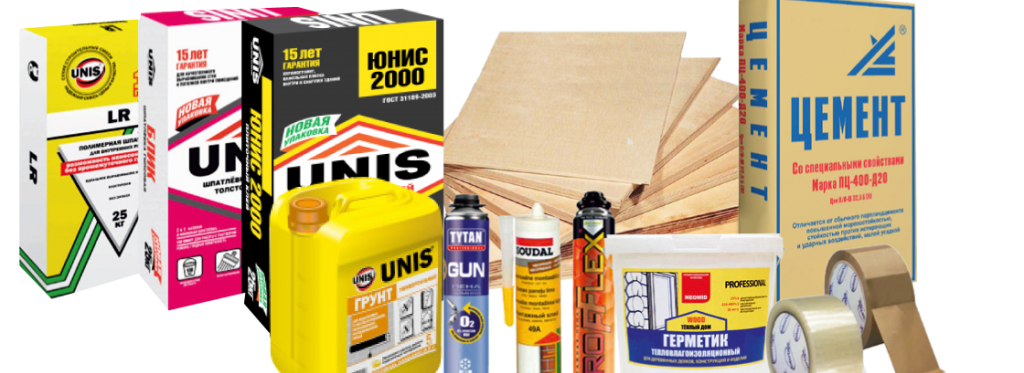Insurance
If the dealer’s upcard is an ace, the player is offered the option of taking “insurance” before the dealer checks the hole card.
Insurance is a side bet that the dealer has blackjack and is treated independently of the main wager. It pays 2:1 (meaning the player receives two dollars for every dollar bet) and is available when the dealer’s exposed card is an ace. The idea is that the dealer’s second card has a fairly high probability (nearly one-third) to be ten-valued, giving the dealer blackjack and disappointment for the player. It is attractive (although not necessarily wise) for the player to insure against the possibility of a dealer blackjack by making a maximum “insurance” bet, in which case the “insurance proceeds” will make up for the concomitant loss on the original bet. The player may add up to half the value of their original bet to the insurance and these extra chips are placed on a portion of the table usually marked “Insurance Pays 2 to 1”.
Players with a blackjack may also take insurance, and in taking maximum insurance they commit themselves to winning an amount exactly equal to their main wager, regardless of the dealer’s outcome. Fully insuring a blackjack against blackjack is thus referred to as “taking even money”, and paid out immediately, before the dealer’s hand is resolved; the players do not need to place more chips for the insurance wager.
Insurance bets are expected to lose money in the long run, because the dealer is likely to have blackjack less than one-third of the time. However the insurance outcome is strongly anti-correlated with that of the main wager, and if the player’s priority is to reduce variation, it is reasonable to pay for this.
Furthermore, the insurance bet is susceptible to advantage play. It is advantageous to make an insurance bet whenever the hole card has more than a chance of one in three of being a ten. Advantage play techniques can sometimes identify such situations. In a multi-hand, face-up, single deck game, it is possible to establish whether insurance is a good bet simply by observing the other cards on the table after the deal; even if there are just 2 player hands exposed, and neither of their two initial cards is a ten, then 16 in 47 of the remaining cards are tens, which is larger than 1 in 3, so insurance is a good bet. This is an elementary example of the family of advantage play techniques known as card counting.
Bets to insure against blackjack are slightly less likely to be advantageous than insurance bets in general, since the ten in the player’s blackjack makes it less likely that the dealer has blackjack too.
Лучшие стройматериалы и информация о них
